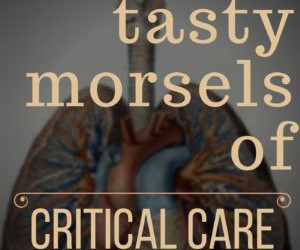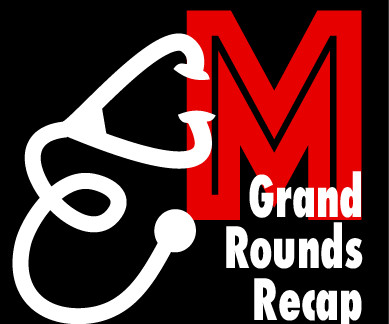ToxCard: Iron
EMDocs
DECEMBER 6, 2024
In the late 1990s, iron was the leading cause of poisoning deaths reported to poison control centers for children less than 6 years of age. Stage 3 (timing variable) Shock 1 : Can occur within hours for massive ingestion, but may occur over a longer time course. This stage does not always occur. 2 L/hr in adults. Tenenbein M.
















Let's personalize your content